Medaxiom Blog
A curated feed of cardiovascular perspectives
Stay up-to-date on the latest opinions, trends, and issues in cardiovascular healthcare with MedAxiom’s blog posts.
Heart of the Matter: A Closer Look at Cardiac CT Scans
Wednesday, May 10, 2023 | Jaime Warren ED.D., MBA, BHS, CNMT, NCT | 0 Comments
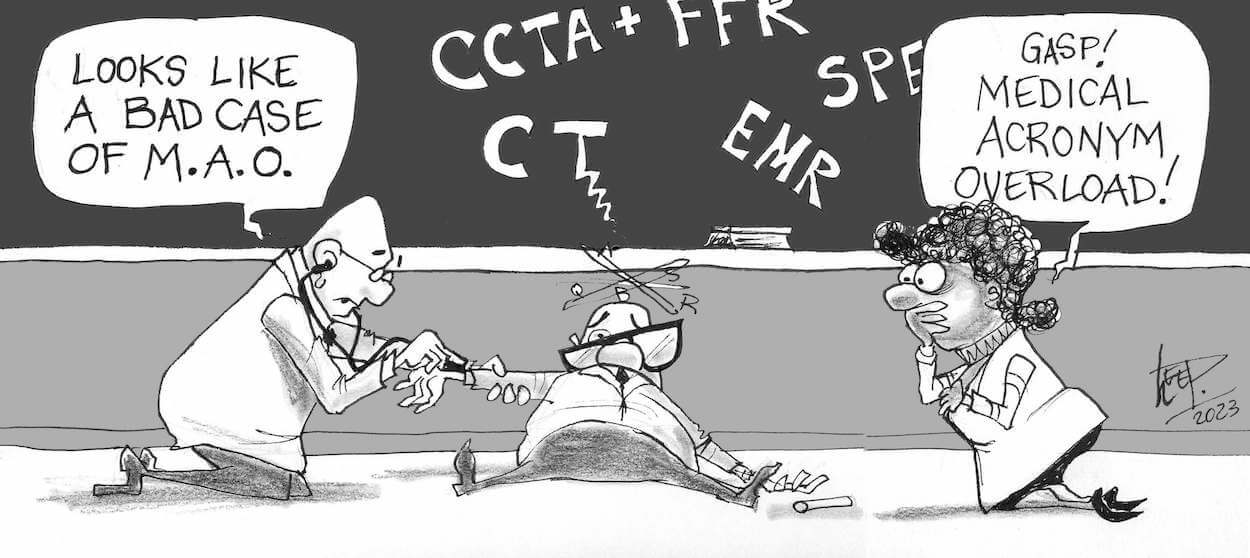
In recent years, computerized tomography (CT) has emerged as a rapid and accurate non-invasive cardiac imaging modality. Access to this type of imaging has changed the landscape of how providers can get a closer look at the heart and has become a valuable diagnostic tool in their toolkit. Unfortunately, it has also led to confusion on which CT is the right test for the patient. When a provider looks at the different exams in the electronic health record (EHR), the options can muddy the water. For cardiac alone, one can see single photon emission computed tomography with computed tomography (SPECT/CT), positron emission tomography with computed tomography (PET/CT), cardiac calcium scoring, cardiac perfusion CT, cardiac CT for structural heart, coronary CT angiography (CCTA) and CCTA with fractional flow reserve (FFR). In this blog, we will explore the different types of CT in the cardiac space.
Talent Solutions: Having Difficulty Finding a Cath Lab Manager?
Friday, April 28, 2023 | Dave Bontempo and Rachael Battin | 0 Comments
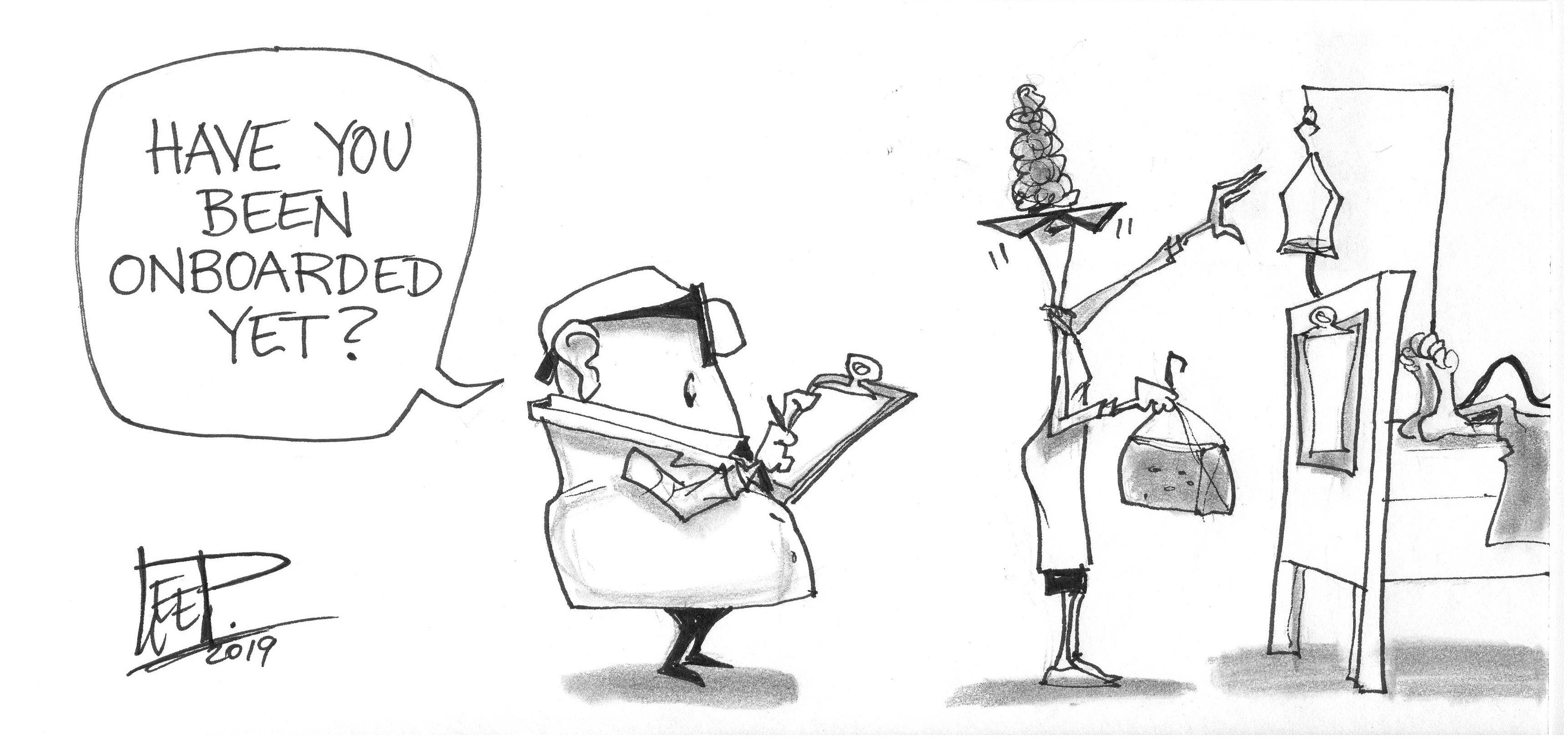
By Dave Bontempo, Director and Managing Partner, RoundTable Strategic Solutions, and Rachael Battin, Senior Director, RoundTable Strategic Solutions
Three Benefits of Panel Size as a Cardiology Production Measure
Monday, March 27, 2023 | Joel Sauer | 0 Comments
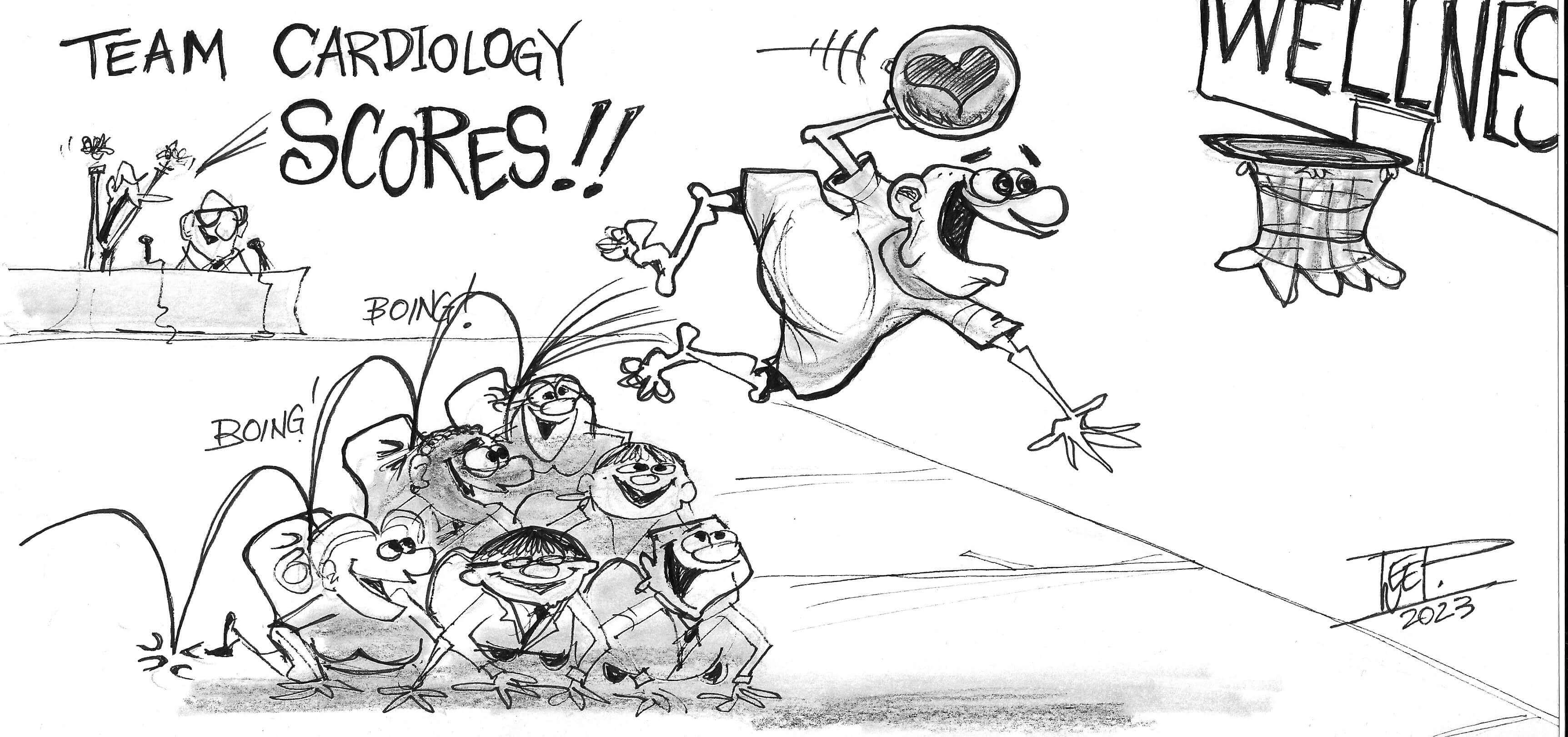
March 2023 marks my 11th year with MedAxiom. During this tenure, I’ve had the privilege of being the lead author on MedAxiom’s Cardiovascular Provider Compensation and Production Survey, including this past year which was its 10th Anniversary Edition. As a consultant now for over a decade, I’ve been witness to many changes in cardiology, with one significant being the deep subspecialization of the provider workforce.
The Restroom Gemba – Lean Tools For Virtual Teams
Tuesday, December 20, 2022 | Blog Author | 0 Comments

“The things we fear most in organizations – fluctuations, disturbances, imbalances – are the primary sources of creativity.” - Margaret Wheatley Whether it’s quiet quitting, turnover contagion, burnout, recessionary layoffs, stagflation or a combination, organizations across all industries have little reprieve from disruption post-pandemic.
Talent Solutions: Best Practices in Talent Acquisition
Tuesday, October 4, 2022 | Dave Bontempo and Rachael Battin | 0 Comments
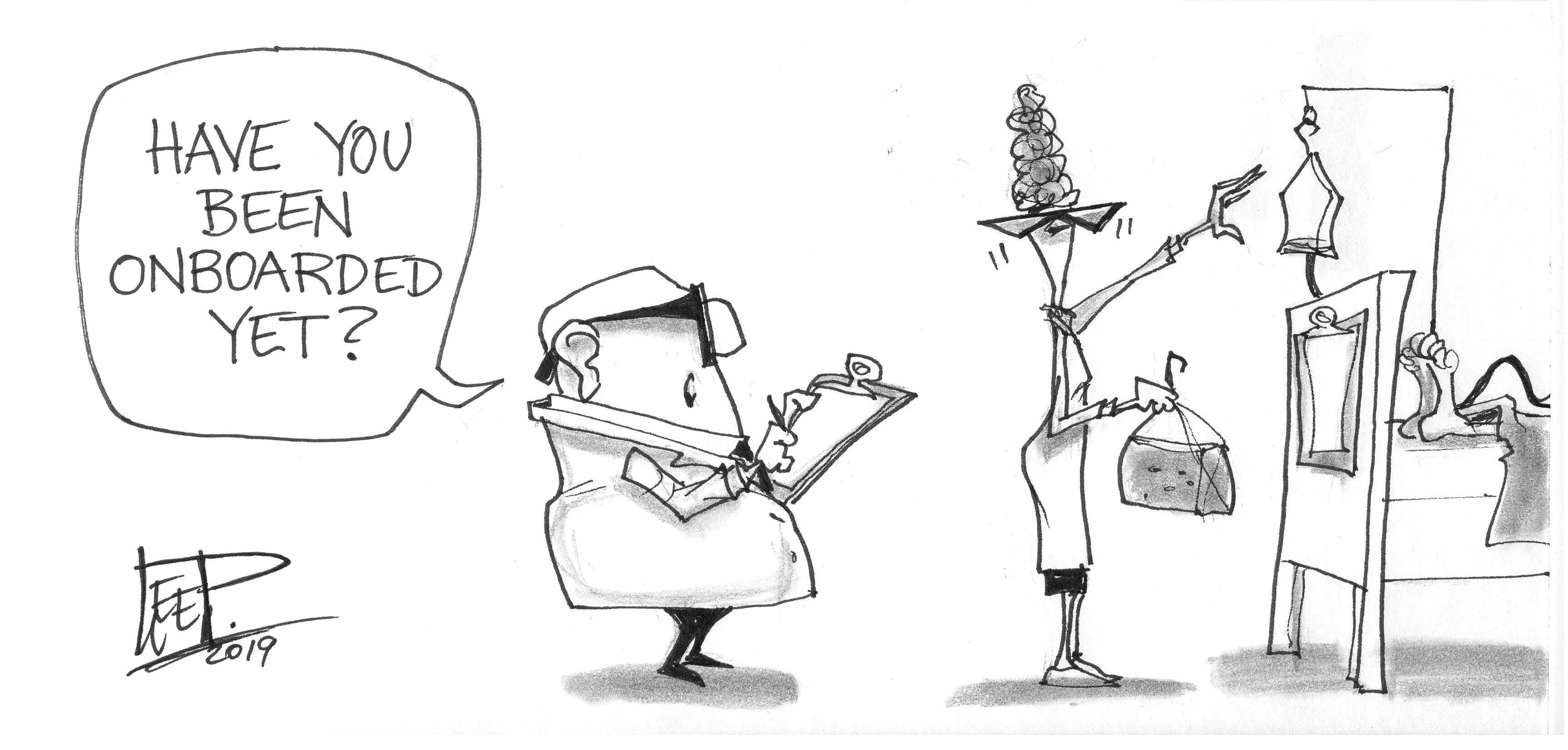
By Dave Bontempo, Director and Managing Partner, RoundTable Strategic Solutions, and Rachael Battin, Senior Director, RoundTable Strategic Solutions RoundTable Strategic Solutions powers MedAxiom Talent Solutions, which connects healthcare organizations with seasoned cardiovascular experts backed by the entire MedAxiom team. As a leader in delivering innovative staffing solutions to the healthcare industry, RoundTable Strategic Solutions shares unique perspective on workforce challenges, opportunities and trends to help MedAxiom member organizations thrive in the new normal.
A Decade of Compensation and Production Trends
Tuesday, September 6, 2022 | Joel Sauer | 0 Comments
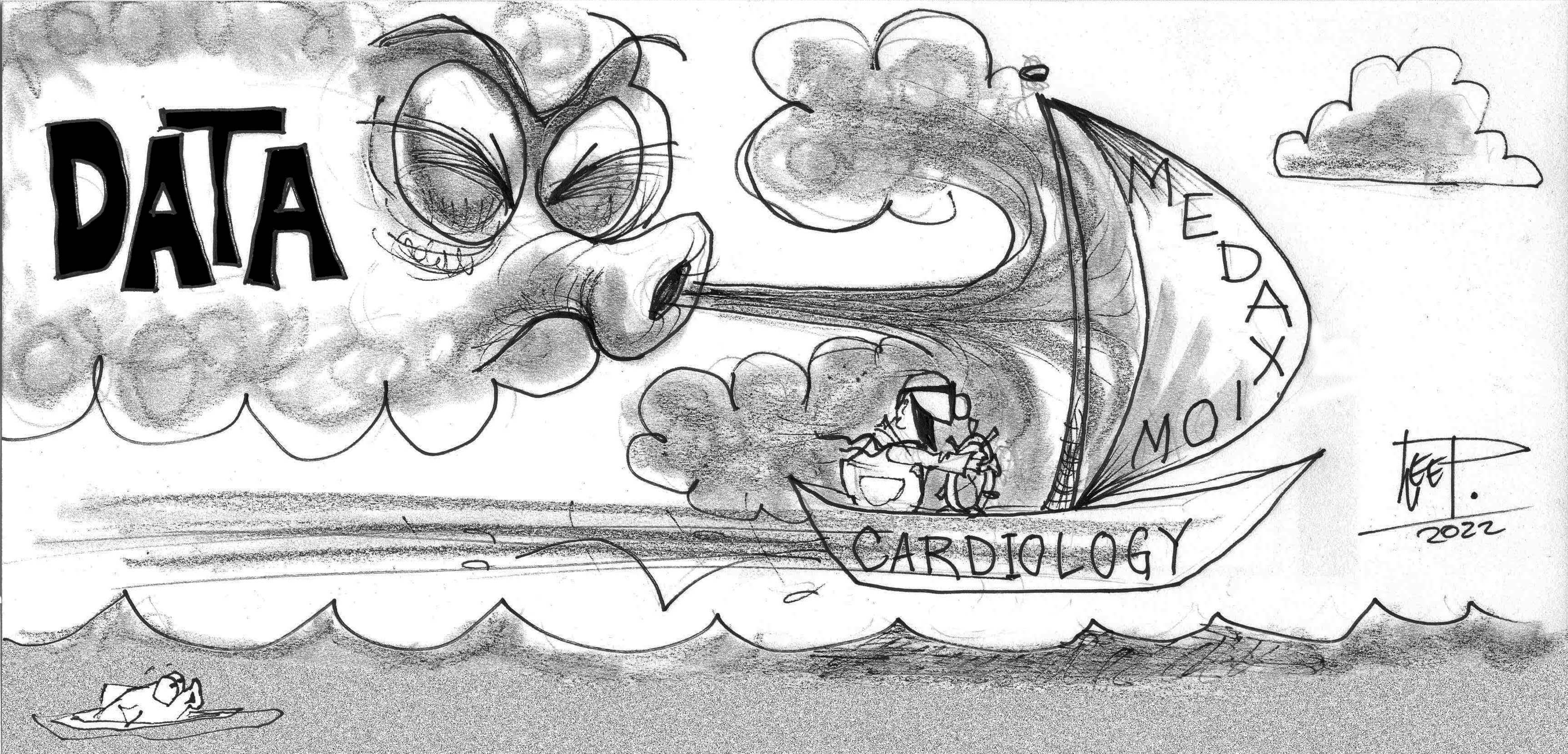
This year marks a decade of publishing MedAxiom’s Cardiovascular Provider Compensation and Production Survey. Be on the lookout for the 2022 report, which will be published in the coming days. As the primary author of the survey, I can honestly say it’s been a labor of love for the MedAxiom team. The feedback on the value of the data we get from our membership keeps us motivated and energized.
Strategies for Finding and Retaining Imaging Professionals Post-COVID
Tuesday, August 16, 2022 | Jaime Warren, ED.D., MBA, BHS, CNMT, NCT | 0 Comments
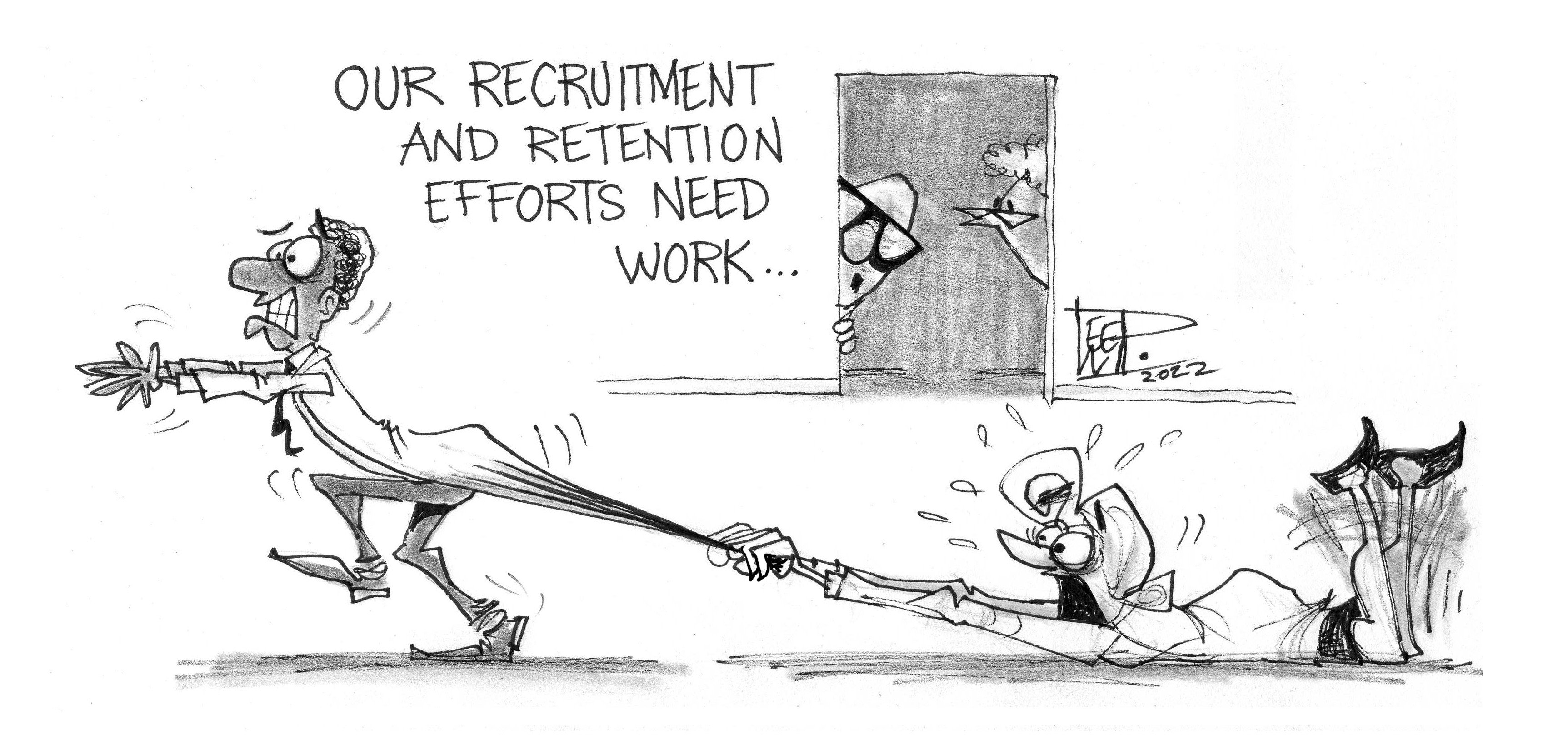
As the newest member of the MedAxiom Consulting Team, Jaime Warren, EdD, MBA, BHS, CNMT, NCT, brings 20+ years of clinical and operational experience to our community. Beginning her journey in healthcare as a nuclear medicine technologist, Jaime went onto hold operational leadership positions which provided her a viewpoint from the clinician to the C-suite. With extensive experience in both inpatient and ambulatory imaging setting, Jaime’s expertise lies in improving organizational processes, workflows and human performance.
Talent Solutions: Employee Experience – Why People Stay
Wednesday, July 20, 2022 | Dave Bontempo and Rachael Battin | 0 Comments

RoundTable Strategic Solutions powers MedAxiom Talent Solutions, which connects healthcare organizations with seasoned cardiovascular experts backed by the entire MedAxiom team. As a leader in delivering innovative staffing solutions to the healthcare industry, RoundTable Strategic Solutions shares a unique perspective on workforce challenges, opportunities and trends to help MedAxiom member organizations thrive in the new normal.
Co-authoring the Future of CV Care
Tuesday, June 14, 2022 | Joe Sasson, Ph.D | 0 Comments
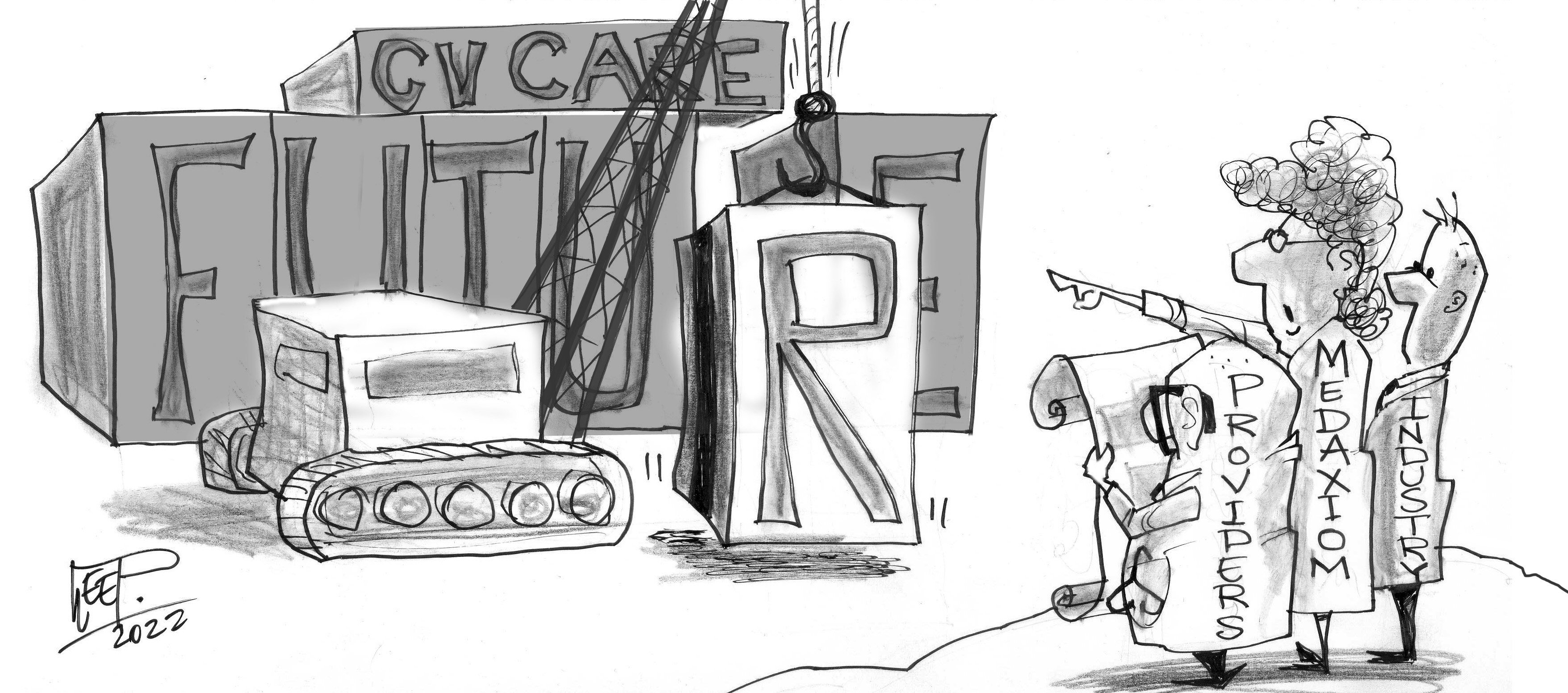
One of the joys – and responsibilities – of MedAxiom is being on the forefront of cardiovascular care. As readers of this blog already know, cardiovascular care is complex in a number of ways. Whether it’s staffing, technology, finances, operations, clinical care, lab optimization, care team development, sites of service and more, the evolutions and solutions are typically hyper-focused on specific organizational challenges and disease states. While there are industry-wide shifts that are often driven by reimbursement changes, it is more common that cardiovascular programs focus on these subsets of care delivery at various times depending on their evolution and overall program strategy. MedAxiom is dedicated to providing solutions for all areas of cardiovascular operational and clinical improvement, thereby accommodating entities that travel in and out of stages of need. Whether a program is focusing on care team optimization, developing a remote patient monitoring program, embarking on a CT journey, seeking cath lab operational efficiency, or pursuing other opportunities, MedAxiom aims to provide cardiovascular programs with the right solution at the right time.
Translate to Transform
Tuesday, May 3, 2022 | Denise Busman, MSN, RN, CPHQ | 0 Comments

As a recent addition to the MedAxiom Consulting Team, Denise Busman, MSN, brings more than 30 years of experience as a cardiovascular clinician and leader. Her clinical expertise is complemented by a passion for engaging multi-disciplinary teams to transform care delivery and enhance clinical quality. Known for her work in program development and change management, Denise is skilled in the implementation of new programs and clinical initiatives.
